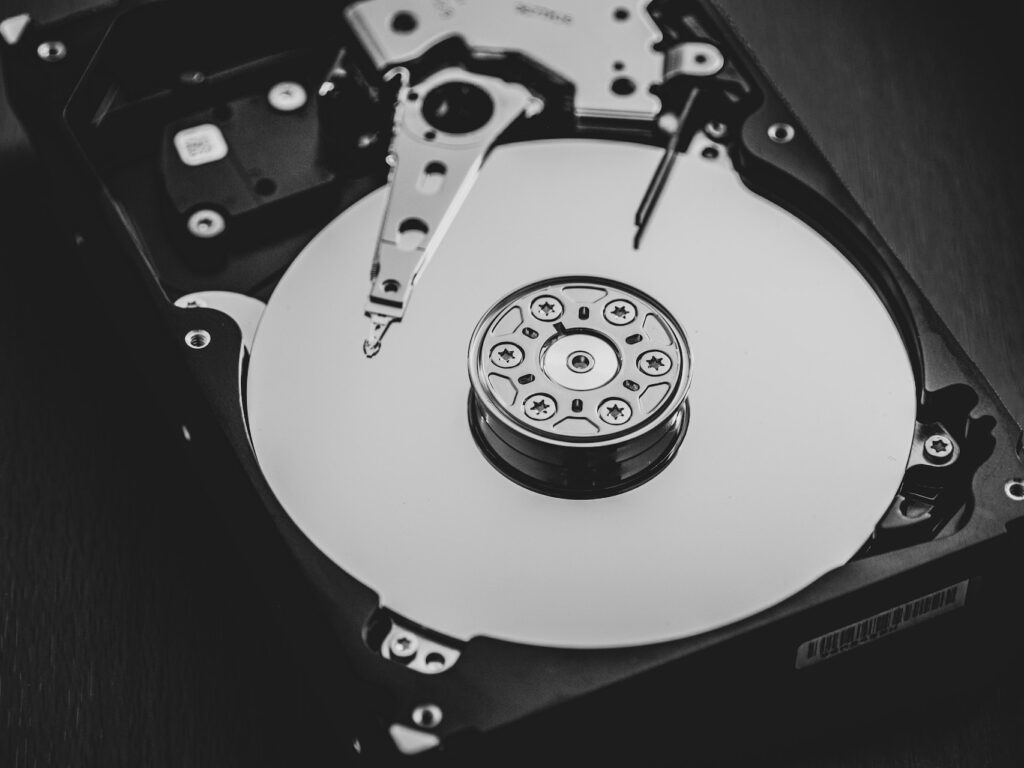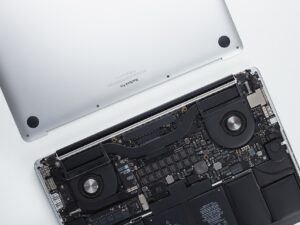In the rapidly evolving world of technology, the debate over the best way to store data has been a persistent topic among small business owners and consumers alike. As we explore the age-old spinning hard disk drive (HDD) and its contemporary counterpart, the solid-state drive (SSD), we’ll delve into the nuances of data storage, considering the types of data, the optimal media for long-term storage, and technologies capable of preserving data for over 50 years.
Types of Data: Unveiling the Diversity
Data comes in various forms, each demanding distinct considerations for storage. For small businesses and consumers, the primary categories are:
Transactional Data: Includes day-to-day operations, transactions, and interactions, necessitating frequent read and write cycles.
Archival Data: Comprises historical records, legal documents, and other information critical for long-term reference but accessed less frequently.
Multimedia Data: Encompasses rich media like images, videos, and graphics, requiring efficient storage to maintain quality and accessibility.
Application Data: Involves software-related information, ranging from application files to configurations.
Optimal Media for Long-Term Storage: The HDD Legacy vs. SSD Innovation
Optimal Media for Long-Term Storage: The HDD Legacy vs. SSD Innovation
Traditionally, HDDs have been the stalwarts of data storage, relying on spinning platters and magnetic heads for data access. However, SSDs have emerged as formidable challengers, leveraging flash memory for faster, more reliable performance.
For short-term, high-performance needs, SSDs shine with their speed and durability. Yet, when contemplating long-term storage, HDDs exhibit resilience. Their magnetic storage mechanism allows for data retention even without power, making them suitable for archival data.
In the small business arena, a hybrid approach may prove effective. Utilizing SSDs for active, frequently accessed data and HDDs for archival purposes creates a balanced strategy, combining speed and reliability.
Preserving Data for 50 Years and Beyond: Technological Marvels
Ensuring data longevity involves embracing technologies designed for enduring storage. Among the options available, three noteworthy contenders stand out:
Magnetic Tape Storage: A venerable technology with a proven track record, magnetic tape storage has the potential to preserve data for decades. Its sequential access nature makes it ideal for large-scale archival purposes.
Optical Discs: Despite facing competition from newer technologies, optical discs like Blu-ray have demonstrated longevity. When stored properly, these discs can resist environmental factors and provide a stable medium for long-term data storage.
Archival-Quality SSDs: Some SSD manufacturers have developed specialized archival-quality drives designed for extended data retention. These drives employ advanced error correction and wear-leveling algorithms, contributing to prolonged reliability.
In conclusion, the dynamic landscape of data storage demands a nuanced approach that balances the strengths of HDDs and SSDs. Small businesses and consumers can optimize their data storage strategy by integrating the best of both worlds – leveraging the speed of SSDs for active data and the reliability of HDDs for long-term archival needs.
If you find yourself navigating the complexities of data storage or require personalized assistance in crafting the ideal strategy for your business, don’t hesitate to reach out to us. Our team of experts is ready to provide tailored solutions that ensure the longevity, security, and efficiency of your digital assets. Contact us today, and let’s embark on the journey of optimizing your data storage for a seamless and resilient future.




